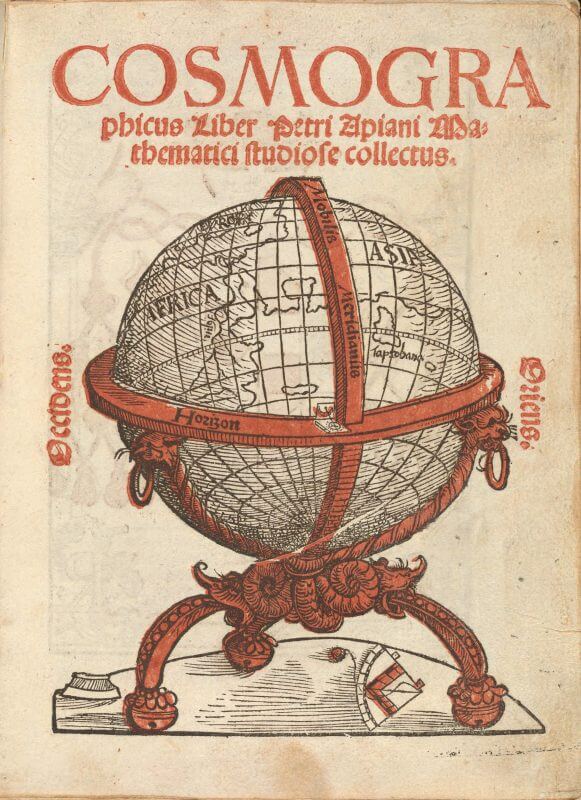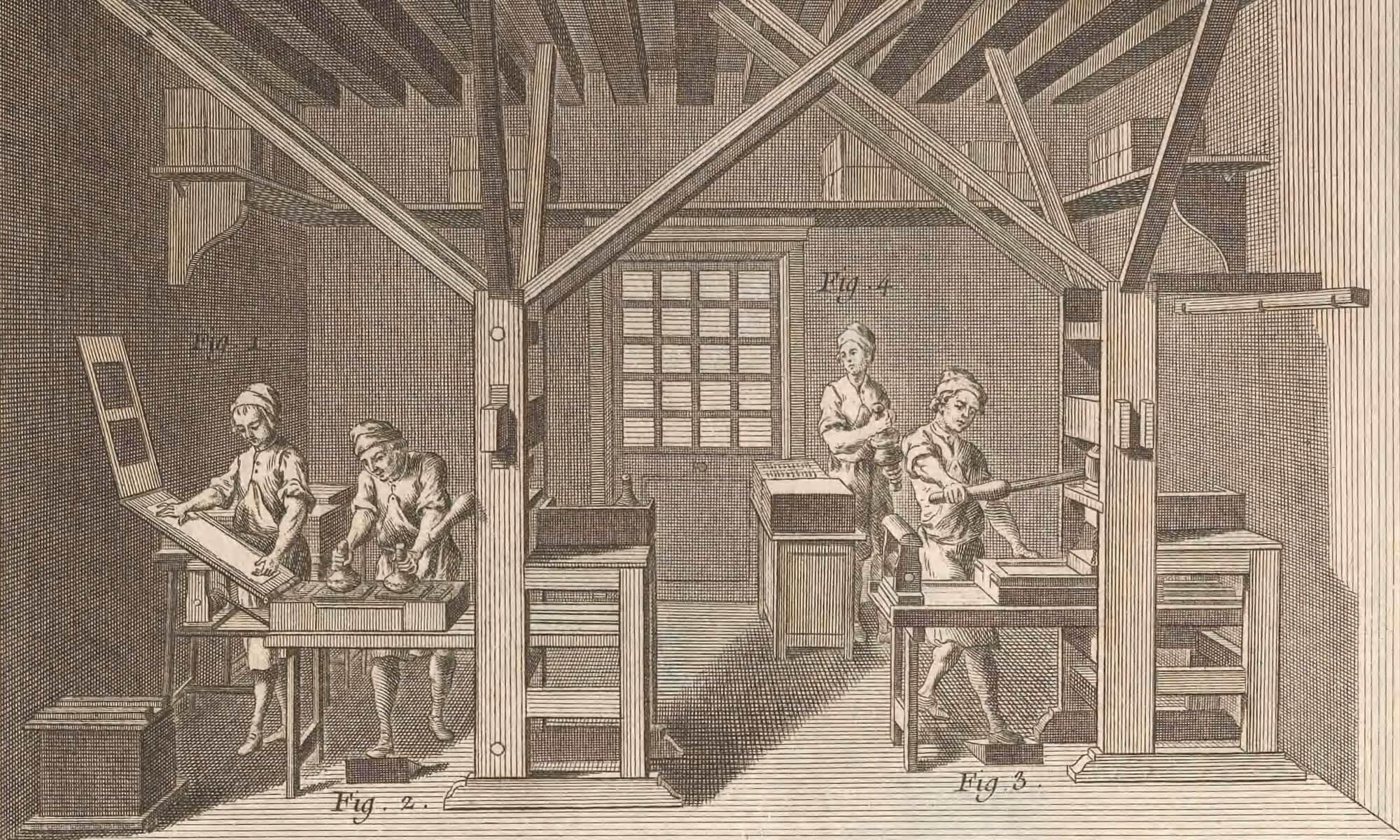Alciati, Emblemata, 1589 (Z5v)
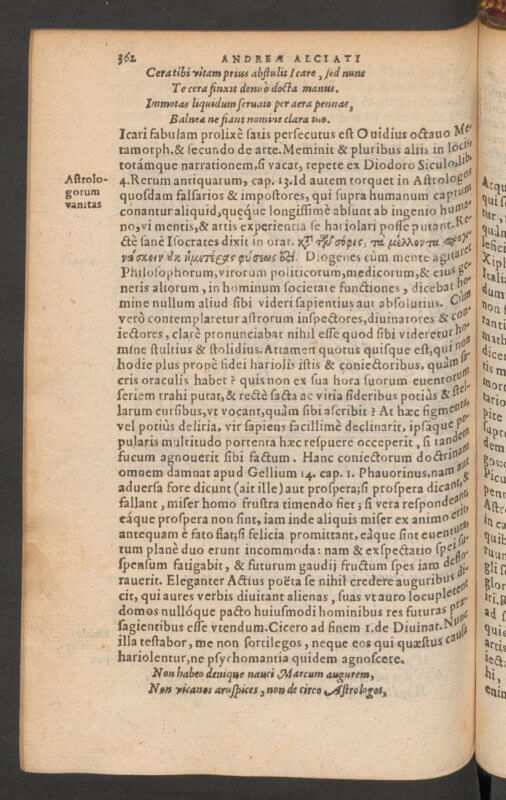
Alciati, Emblemata, 1589 (Z6r)
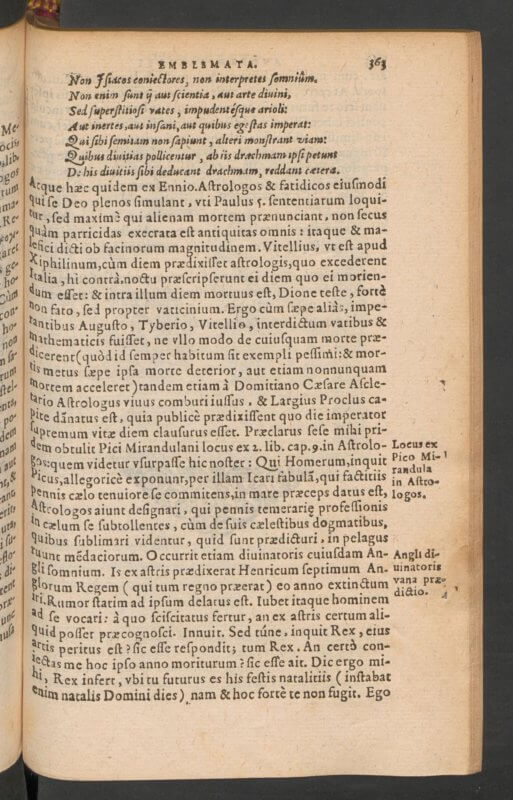
Alciati, Emblemata, 1589 (Z6v)

Alciati, Emblemata, 1661 (2E1r)
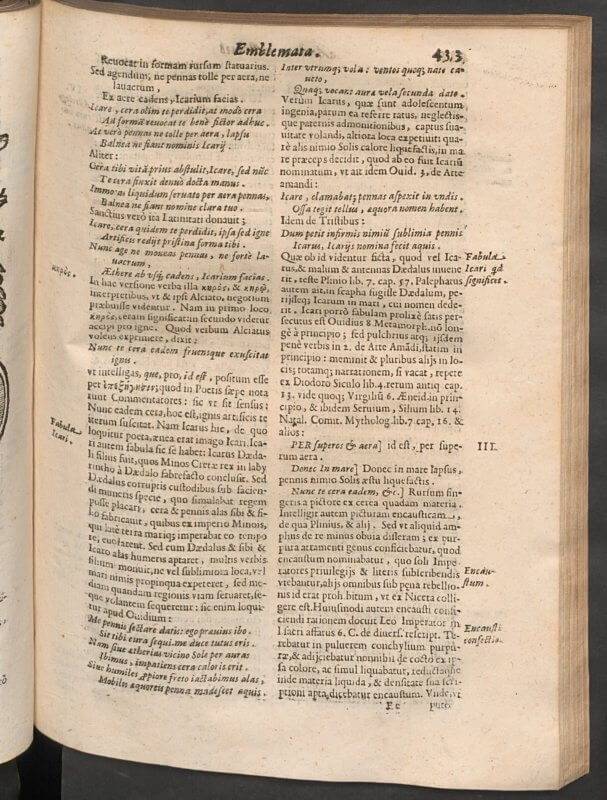
Alciati, Emblemata, 1661, (2D8v)
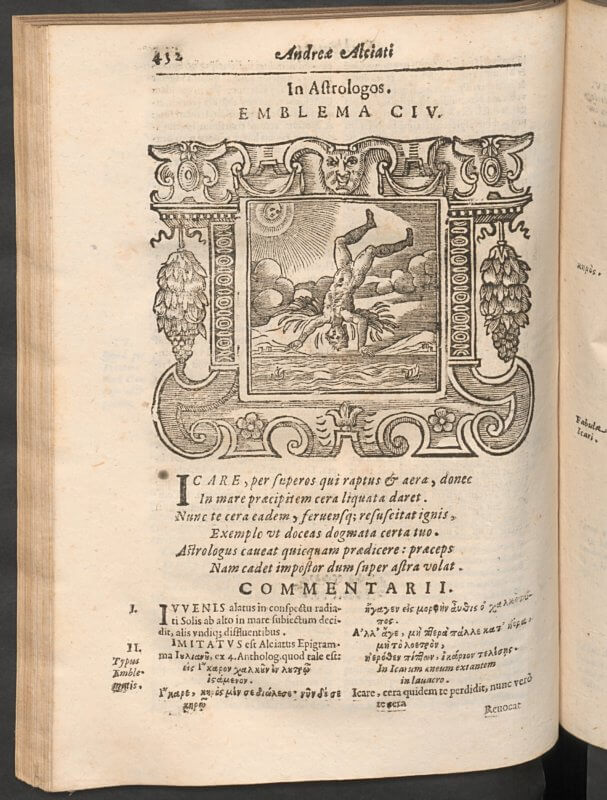
Ames, Typographical antiquities, 1749 ([A]1r)

Ames, Typographical antiquities, 1749 (4I3v)
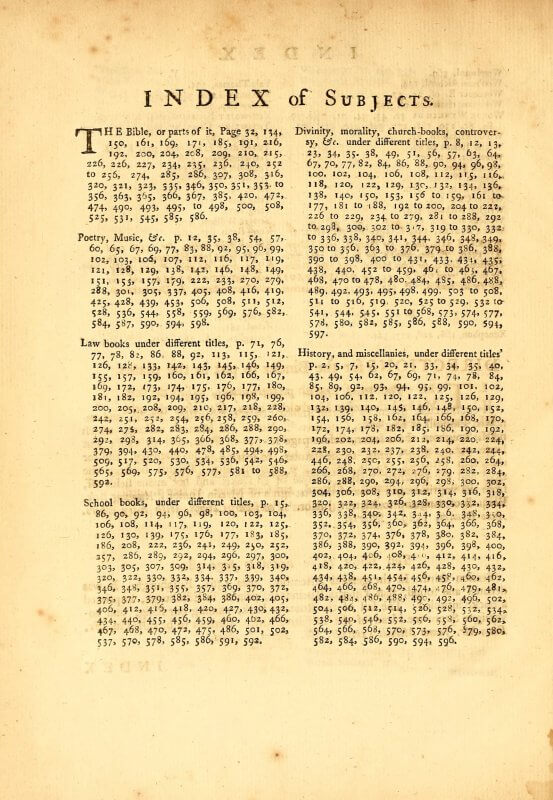
Ames, Typographical antiquities, 1749 (4I4r)
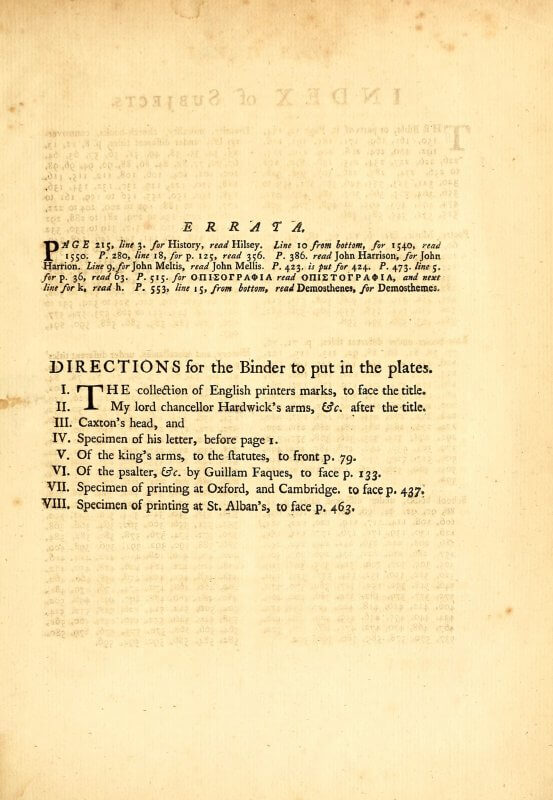
Ames, Typographical antiquities, 1749 (a1r)

Apian, Cosmographicus, 1524 (π1r)
